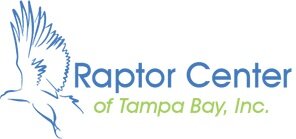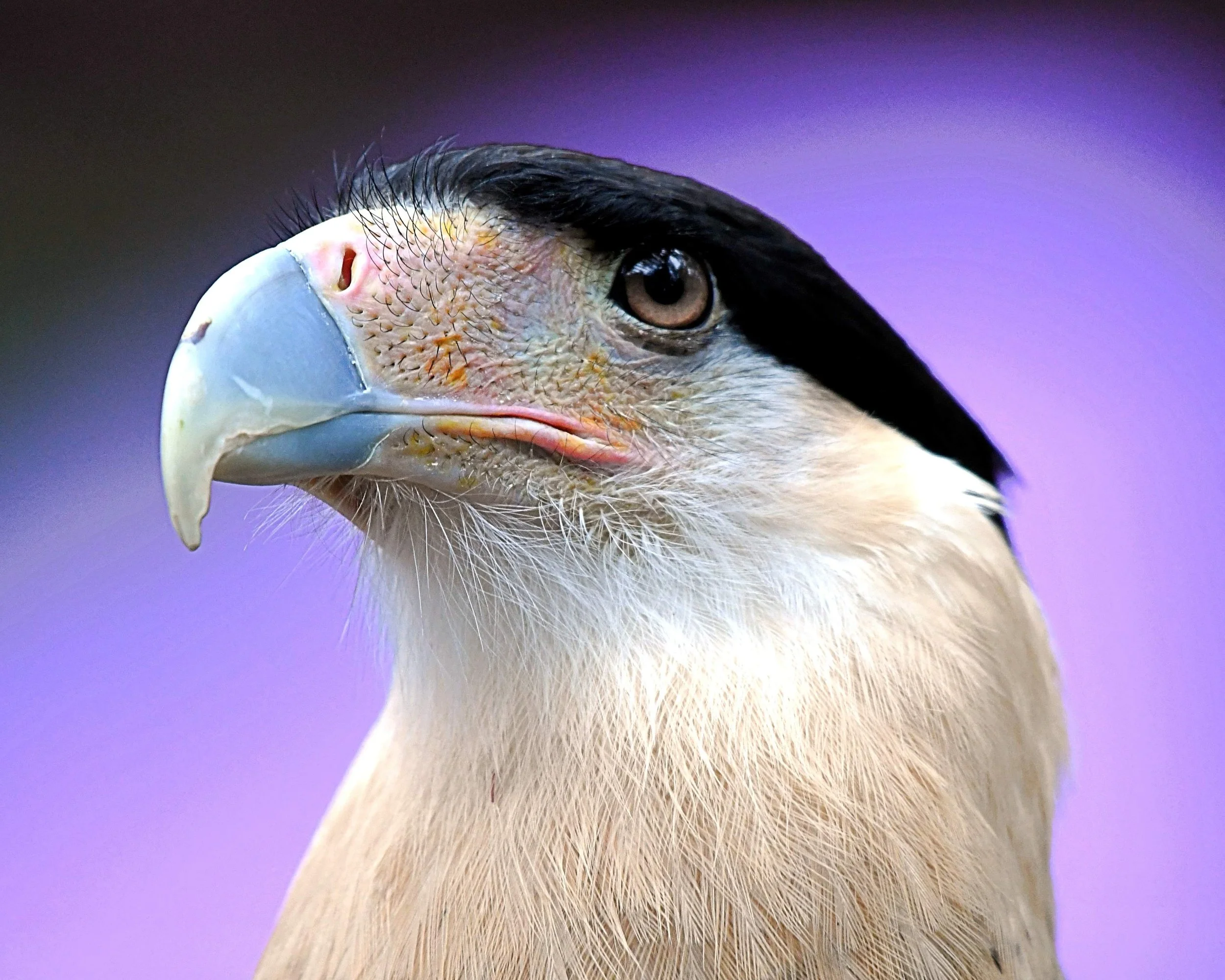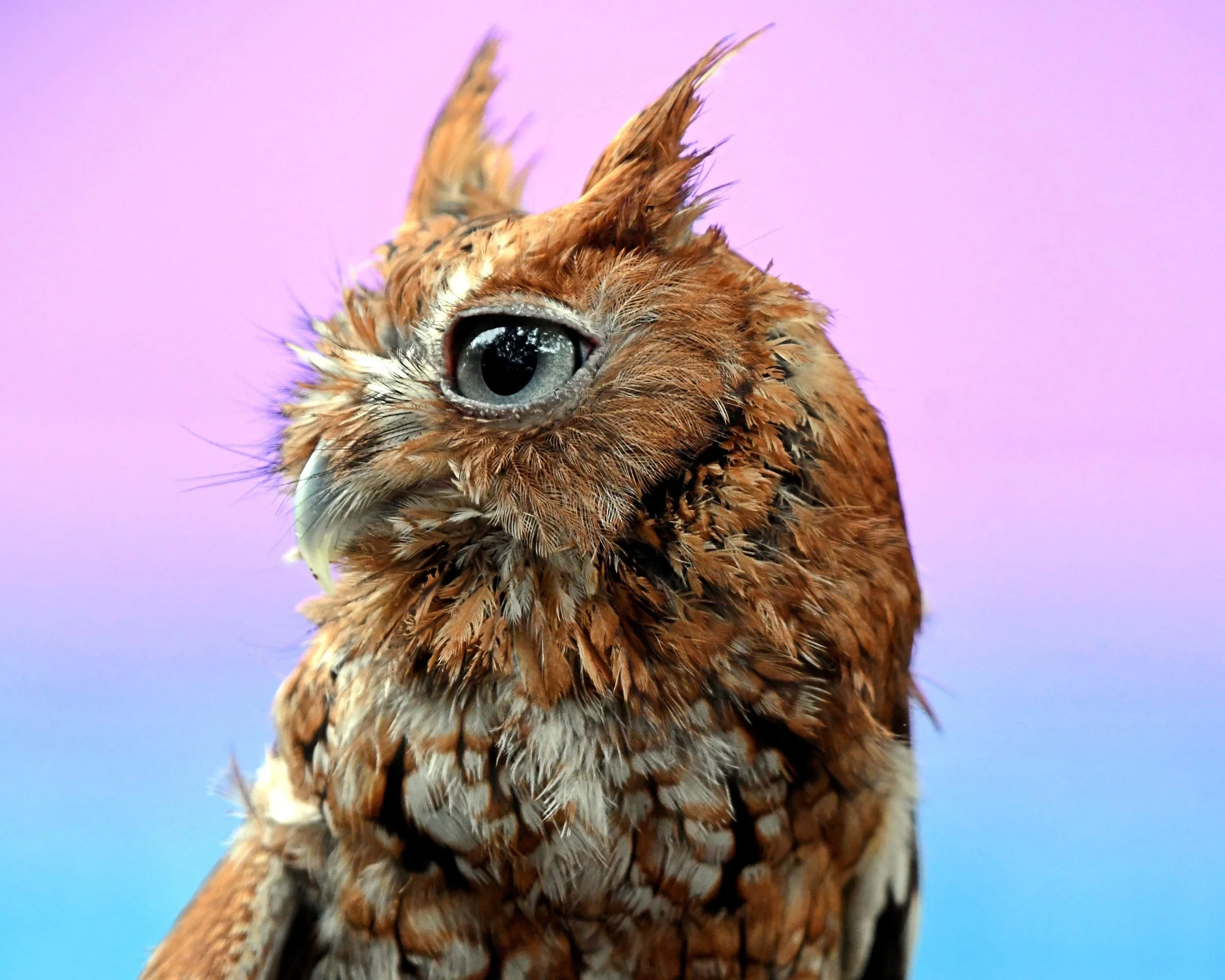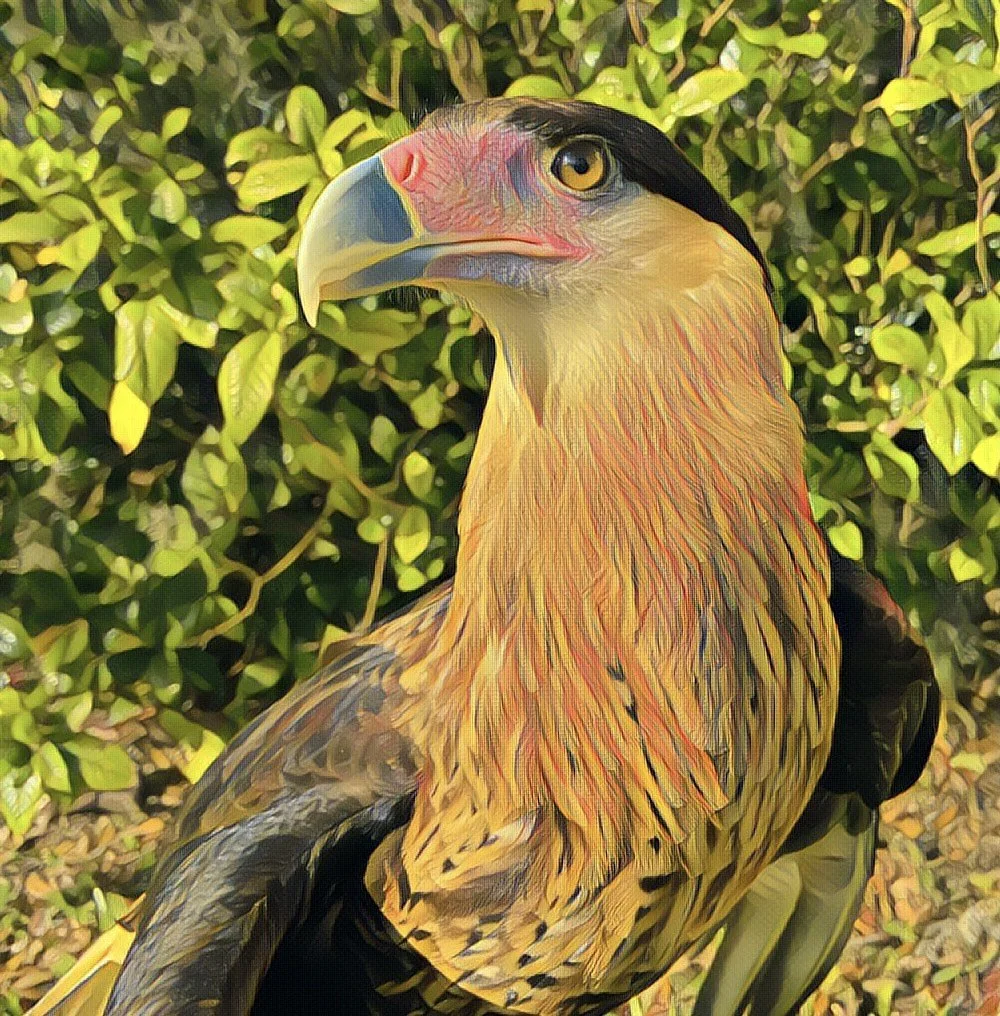
How You Can Help
Adopt A Raptor
To report a sick or injured bird, please call our hotline at 813-205-1851
Consider Adopting One of Our Resident Raptors
Puck, Crested Caracara, Animal Ambassador
When you adopt one of our Education Ambassador Raptors, you help support the daily care, food and medical care for your adopted bird. Your support also allows the RCTB to continue to educate the public about raptors and provide medical care to the wildlife receiving treatment in our rehabilitation facility.
With your Adoption Kit, you will receive:
· Subscription to our newsletter.
· Photo of your raptor
· Adoption Certificate
· History of your raptor
· Recognition of your adoption in our newsletter
· Opportunity to meet your adopted raptor
Remember, adoptions make great gifts and are tax deductible.
Why We Use Educational Ambassadors
We use Educational Ambassadors to inspire the next generation of scientists, builders, farmers, foresters and land managers in general no matter if they are raising cattle or building skyscrapers. We want them to know and understand why it is important that we work to protect our wildlife so it will be there for generations to come. We want children that are born in the next century to also find the simple joy and pleasure of the soaring bald Eagle or the cry of a Osprey when it gets its fish.
Our education programs emphasize conservation of habitat and we try to impress upon our participants each person's role in conservation. Think about wildlife being planned into future growth and development. When a large building is built, the builder thinks about the coatings on the windows and makes sure to install those that are made in a way that allows birds to see for what it is and not a reflection of the sky. That the developer includes green spaces, parks and lakes in their developments and plants them in such a way that provides habitat for our native wildlife and us and that land managers plan correctly for healthy ecosystems.
We provide care and rehabilitation for the majestic Bald Eagles that fight for diminishing territory, the quick falcon flying overhead that misjudges and hits a window, the Barred Owl that runs into a car, even baby squirrels and opossums that are grabbed by dogs and cats, turtles hit by cars and just about everything in between.
Our educational ambassadors are there as a reminder of what man can do to hurt and help wildlife. They are there to make an impression on the beholder. These are mighty hunters that are trained not tame and by being an educational ambassador we allow a non-releasable bird to have a meaningful, healthy and happy life and hope that they touch people in just the right way that helps them make informed and right decisions when it comes to protecting habitat and understanding how to live with wildlife.
The birds are legally required to be part of 12 educational programs a year.
Why We Use Falconry Equipment
Falconry dates back to the 13th century. Generations of peoples have hunted with birds of prey and refined the process of using a glove or gauntlet with a leash attached to leather or woven straps called jesses. These are attached to anklets around the bird's legs to train raptors. This is still the basis of what we use and do today to train and keep our birds safe while working as educational ambassadors.
From the perches and the placement of our mews, the size and make of their windows, to the astro turf we use, attention to detail for captive birds of prey is a must! The large bathing tubs promote healthy feather growth and quality.
Carmen, Educational Ambassador
Interested in a visit by Puck the Crested Caracara or Carman and Moon Pie, our Eastern Screech Owls?
Get More Info About Animal Ambassadors




